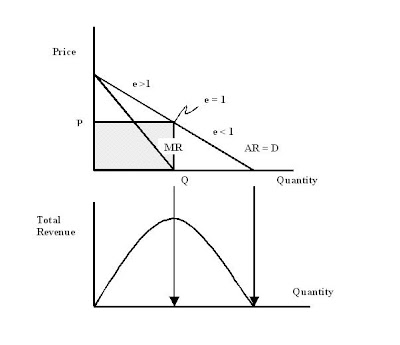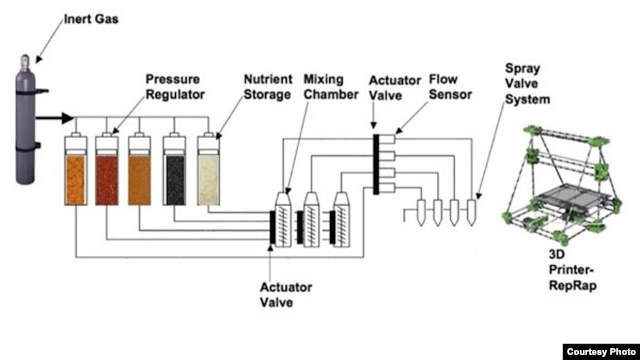Widdekind
Member
- Mar 26, 2012
- 813
- 35
- 16
for a given market, characterized by a given Demand curve, there is some amount of market activity (Price x Quantity), that maximizes gross Revenues (R = PQ) before any expenses. That maximum Revenue is the theoretical profit limit, for that market (for ideal suppliers, with no costs of any kind whatsoever, i.e. "materialize widgets with my Star-Trek replicator"). Ergo, maximum possible profit accrues, not to suppliers who simply seek to "make lots of widgets as cheaply as possible", but instead to those suppliers who seek to make exactly Q widgets per year, at exactly P dollars per widget, and then drive down their "market-taylored" costs from there. I.e. maximum profits derive from customizing production, to "cater" to market-specific (Revenue-maximizing) Demand.




